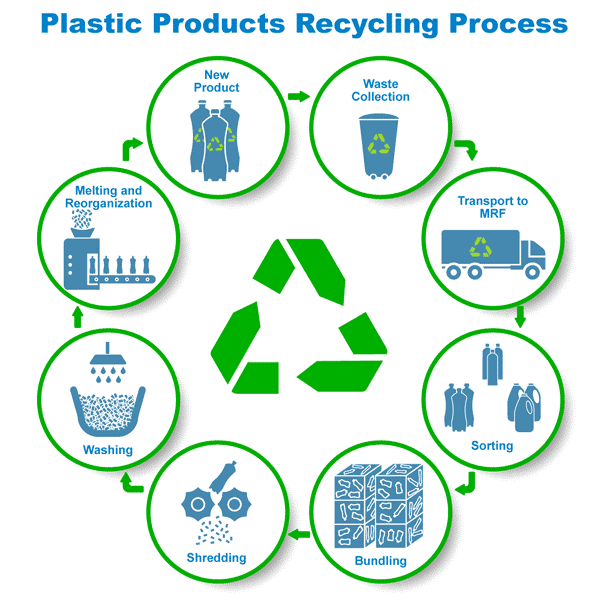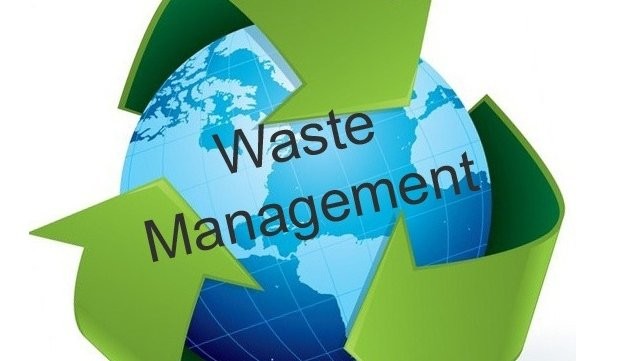Checking Out Different Kinds Of Waste in Modern Waste Monitoring Systems
The contemporary landscape of waste monitoring includes browsing a complicated selection of waste kinds, each calling for specialized handling and disposal methods to alleviate ecological influences. Metropolitan solid waste, unsafe waste, digital waste, and natural waste each existing distinctive obstacles and opportunities for resource recovery. Ingenious services such as clever waste containers and waste-to-energy modern technologies are becoming vital tools in improving effectiveness and sustainability. Comprehending these waste kinds is essential for promoting public awareness and encouraging energetic engagement in lasting practices. What strategies can successfully resolve these diverse sorts of waste while promoting a circular economic climate?
Community Strong Waste
Local strong waste, typically referred to as house garbage or trash, includes a variety of disposed of materials produced by household, industrial, and institutional resources within a community. This waste stream usually includes products such as product packaging, food scraps, lawn trimmings, paper, plastics, fabrics, and disposed of home goods. The administration of municipal strong waste is a vital component of city planning and public wellness, necessitating reliable collection, transportation, and disposal systems.
Reliable waste monitoring systems are developed to decrease environmental impact while taking full advantage of source recuperation. This commonly includes a mix of strategies including landfilling, recycling, and composting. Recycling programs target materials like paper, glass, steels, and certain plastics, diverting them from land fills and reintroducing them right into the manufacturing cycle. Composting organic waste, such as food scraps and yard trimmings, not just reduces landfill usage however also creates beneficial dirt amendments.
Districts must additionally resolve the logistical and economic challenges related to waste monitoring. Carrying out pay-as-you-throw systems, boosting public understanding, and buying innovation can considerably enhance waste diversion prices. By integrating these practices, municipalities can promote lasting neighborhoods, decrease greenhouse gas emissions, and conserve natural deposits.
Hazardous Waste
Effective contaminated materials administration entails several important actions: identification, disposal, treatment, and partition. Identification involves the category of waste based upon its hazardous homes. Partition ensures that dangerous materials are kept individually from non-hazardous waste to stop cross-contamination. Treatment approaches, such as chemical neutralization, incineration, and stablizing, are utilized to minimize the poisoning, quantity, or mobility of the waste. Lastly, disposal options, including protected garbage dumps and underground storage, are picked to ensure long-term containment.
Regulative frameworks, such as the Resource Preservation and Recuperation Act (RCRA) in the United States, offer guidelines and standards for contaminated materials monitoring. Adherence to these laws, combined with improvements in waste therapy innovations, is important in mitigating the threats related to hazardous waste.
Electronic Waste
Electronic waste, typically referred to as e-waste, represents a rapidly expanding challenge in waste monitoring systems worldwide. This type of waste incorporates disposed of electronic gadgets and tools such as mobile phones, computer systems, televisions, and other digital devices. The fast pace of technical development, coupled with reducing item life expectancies and customer need for the most current devices, has greatly boosted the volume of e-waste created every year.
E-waste is specifically problematic because of its intricate structure, usually containing unsafe substances like cadmium, lead, and mercury, which pose substantial ecological and health dangers otherwise effectively managed. On the other hand, e-waste additionally contains important products such as copper, gold, and silver, which can be recouped and reused. The dual nature of e-waste-- both important and harmful-- demands specialized handling, recycling, and disposal processes.
Reliable e-waste monitoring involves stringent regulatory frameworks, robust collection systems, and progressed reusing modern technologies. Public recognition and engagement are crucial, as inappropriate disposal techniques, such as unlawful dumping and casual recycling, worsen ecological contamination and carcinogen. Enhancing e-waste monitoring techniques is crucial for minimizing ecological influence and recuperating important resources in a significantly digital world.

Organic Waste
Organic waste, making up kitchen scraps, backyard trimmings, and agricultural deposits, represents a substantial portion of the global waste stream. This kind of waste is biodegradable, suggesting it can be broken down by bacteria into simpler organic substances. In spite of its potential for all-natural decay, incorrect monitoring of organic waste can cause damaging environmental influences, including the emission of greenhouse gases such as methane, which add to environment modification.
Effective management of natural waste is crucial for lessening these ecological effects (recycling lives services). Composting is an extensively adopted technique, changing natural waste into nutrient-rich garden compost that can boost dirt health and agricultural efficiency. In addition, anaerobic digestion is an emerging innovation that transforms natural waste right into biogas, a sustainable power resource, and digestate, which can be used as fertilizer
Municipalities and waste management entities need to implement robust organic waste collection and treatment programs to make best use of the benefits of these processes. Public education image source and learning projects can additionally play a crucial duty in encouraging homes and services to different organic waste from other sorts of waste. By prioritizing the monitoring of natural waste, cultures can decrease garbage dump use, reduced greenhouse gas exhausts, and develop useful by-products for agricultural usage.

Cutting-edge Waste Administration
In the world of waste monitoring, innovative approaches are transforming exactly how societies manage their refuse, going for sustainability and efficiency. These developments include a variety of innovations and techniques that boost reusing prices, minimize garbage dump dependence, and reduced environmental effect. One famous innovation is the implementation of clever waste containers geared up with sensors that keep track of fill degrees and maximize collection paths. This not only decreases fuel intake yet additionally lessens greenhouse gas discharges.
Another remarkable advancement is the adoption of waste-to-energy (WtE) modern technologies. By transforming browse around this site non-recyclable waste right into functional energy via procedures such as incineration and anaerobic digestion, WtE reduces landfill problem and offers a renewable resource source. Innovations in chemical recycling allow for the failure of complicated plastics right into their original monomers, allowing the creation of new, high-grade plastic products.
In addition, the circular economic situation model is getting traction, highlighting the style of items and systems that focus on reusability and resource effectiveness. This all natural method urges markets to decrease waste generation from the outset. With these cutting-edge strategies, contemporary waste monitoring systems are not only dealing with the instant obstacles of waste disposal yet also leading the way for an extra sustainable future.
Final Thought
A thorough understanding of municipal strong waste, contaminated materials, electronic waste, and organic waste, paired with the implementation of ingenious waste administration options, is vital for minimizing ecological impacts. Integrating innovations such as wise find this waste bins and waste-to-energy systems can improve efficiency and sustainability. Reliable waste monitoring strategies not just foster source recuperation yet also promote public awareness and participation, ultimately contributing to the growth of a circular economy.
The modern landscape of waste monitoring entails browsing a complicated range of waste kinds, each needing specialized handling and disposal techniques to reduce environmental effects. Metropolitan strong waste, dangerous waste, electronic waste, and organic waste each existing distinct difficulties and opportunities for source recuperation.Electronic waste, typically referred to as e-waste, stands for a swiftly expanding challenge in waste management systems globally. Via these ingenious techniques, contemporary waste monitoring systems are not only dealing with the prompt obstacles of waste disposal however also leading the method for a more lasting future.
A detailed understanding of local solid waste, harmful waste, electronic waste, and natural waste, paired with the execution of ingenious waste management remedies, is imperative for minimizing environmental influences. (recycling lives services)